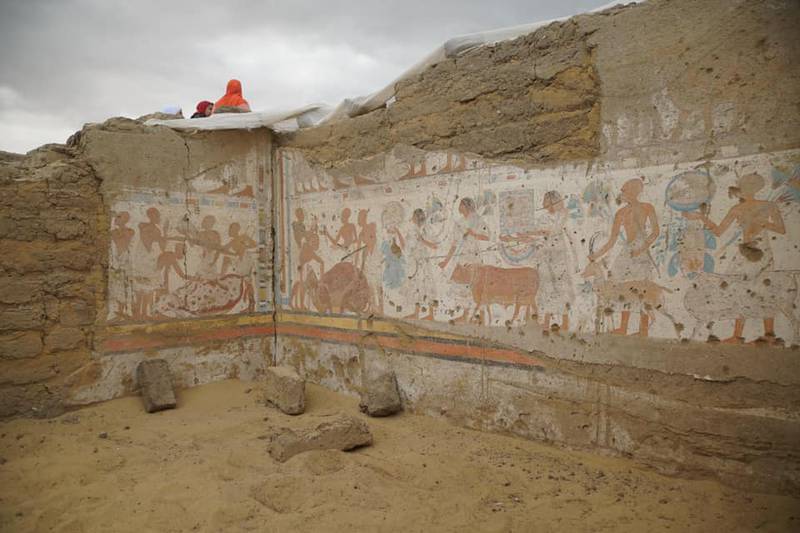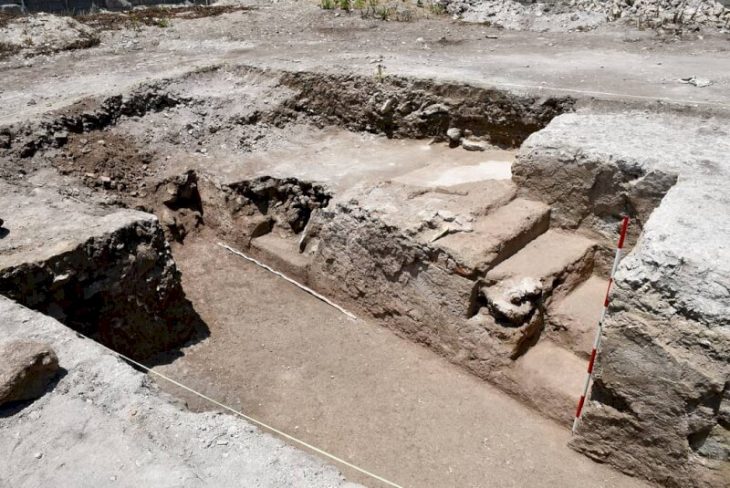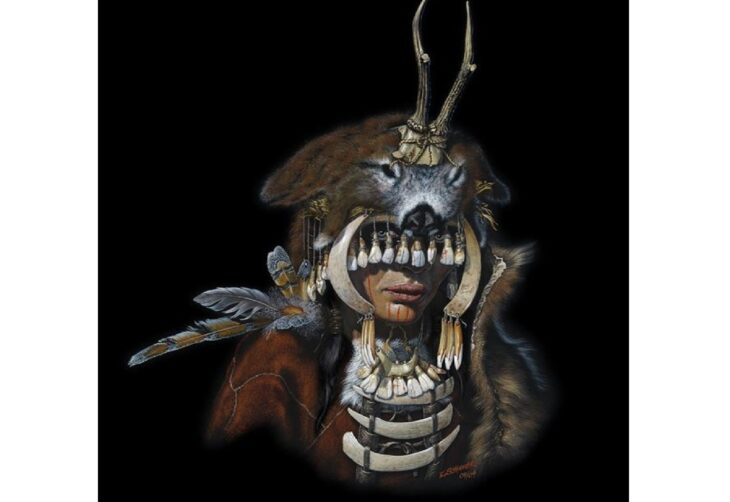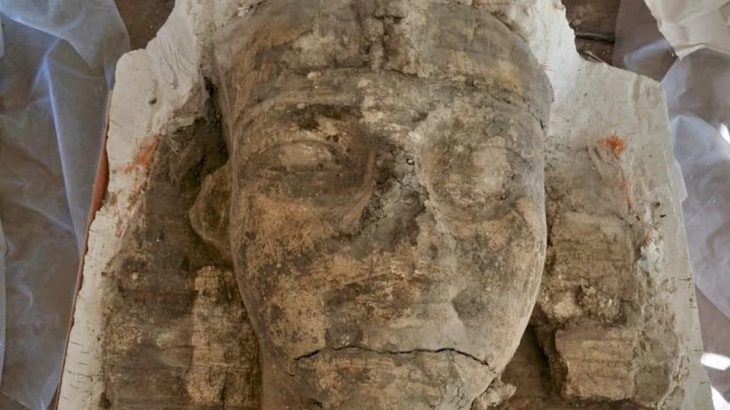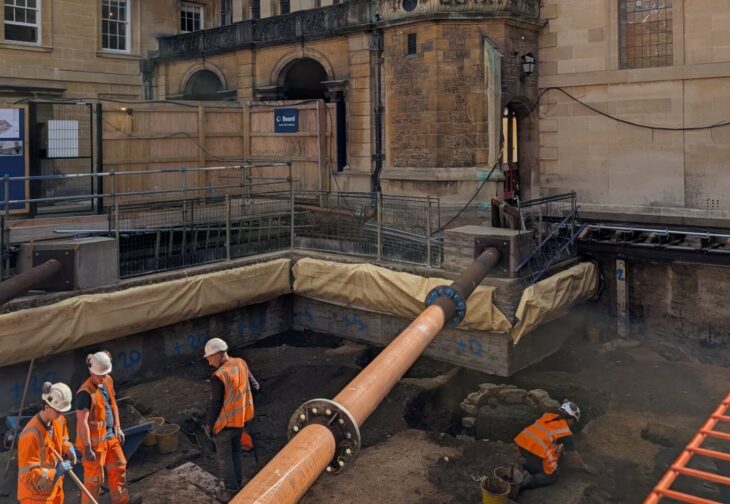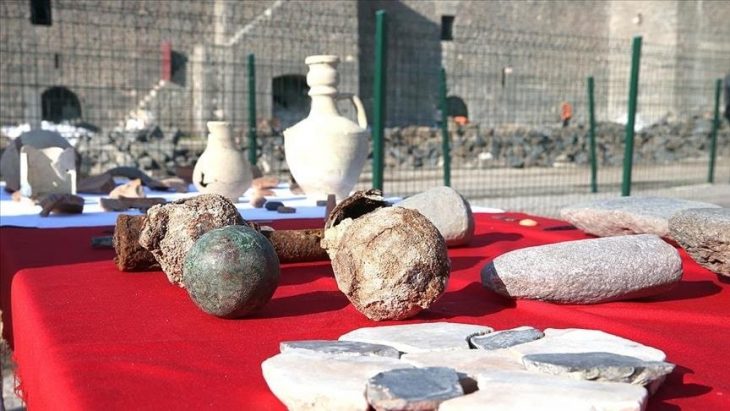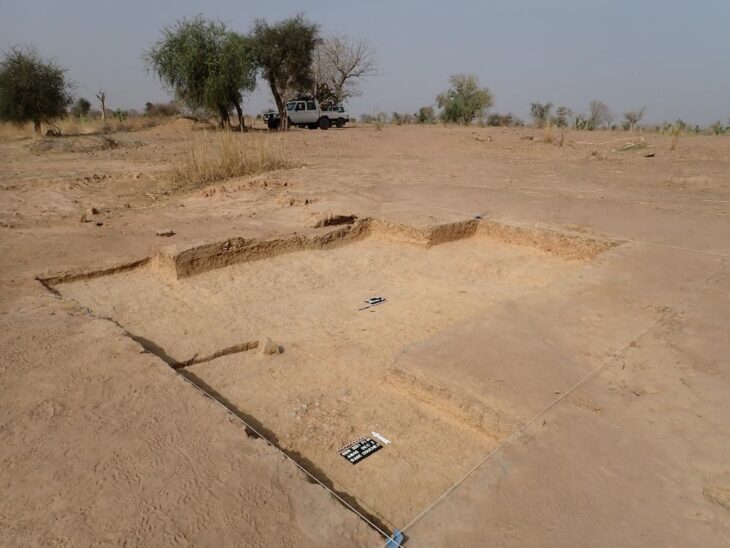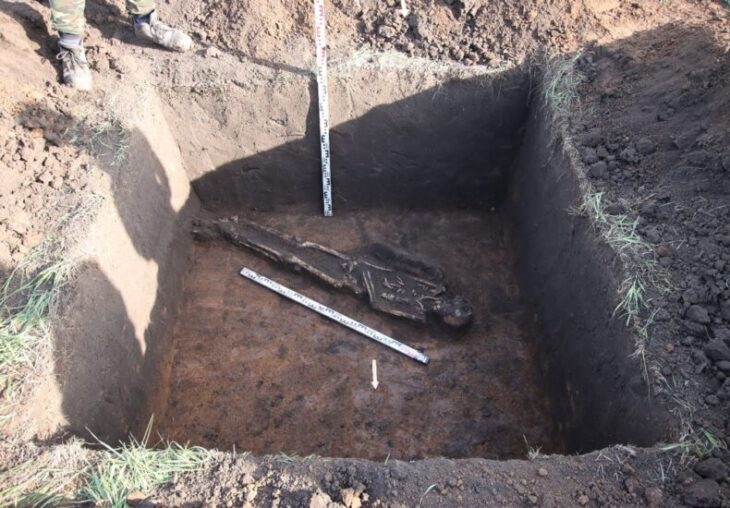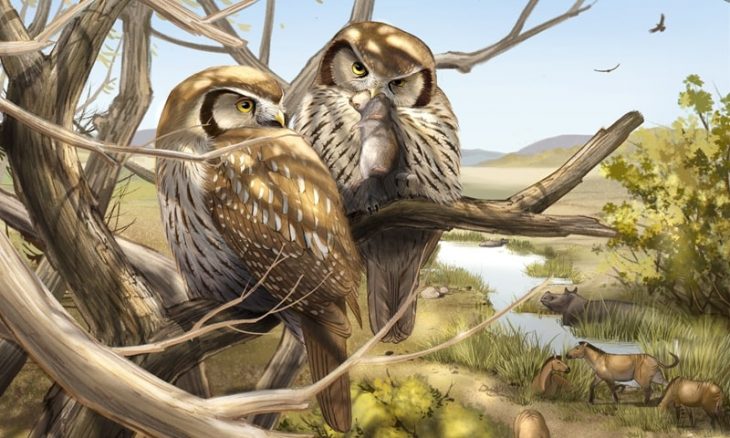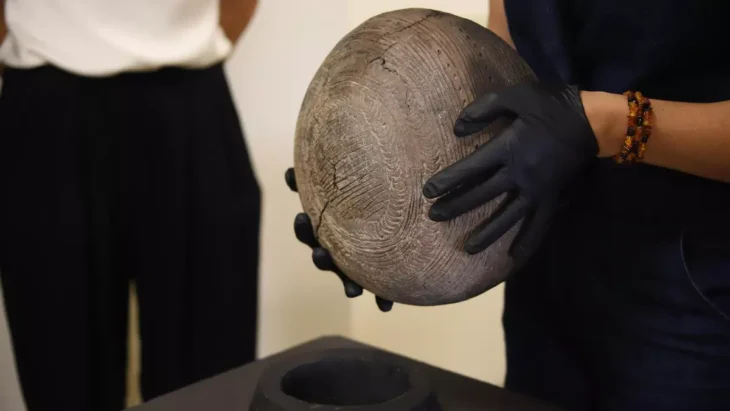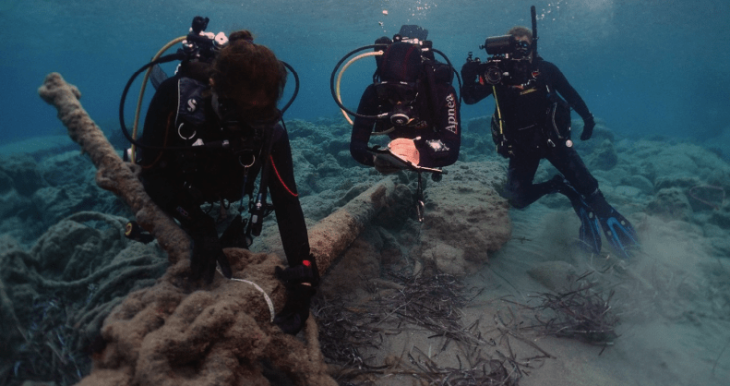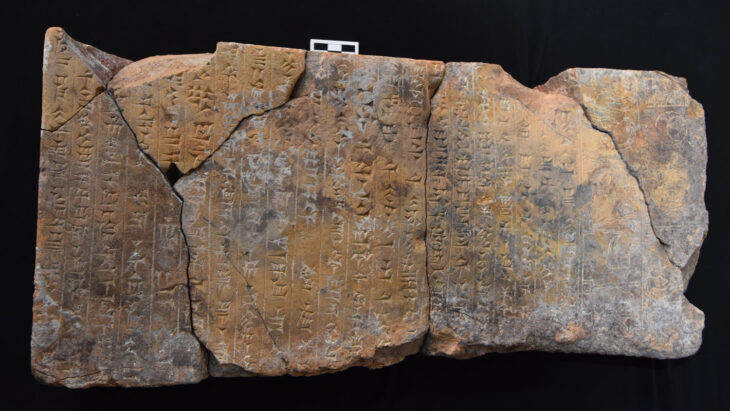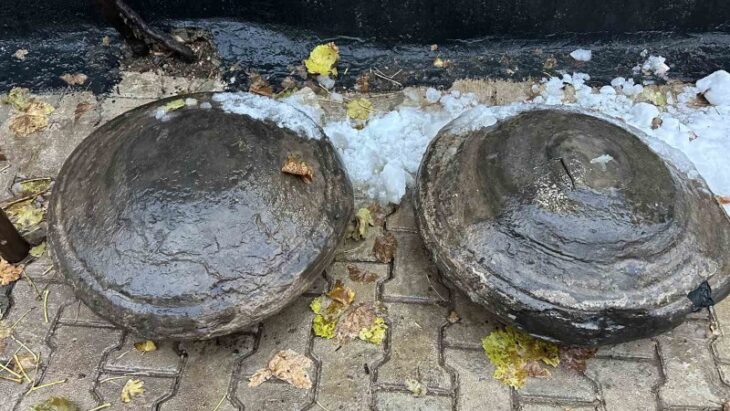Archaeologists working at the Saqqara necropolis have unearthed the tomb of Ptah-M-Wiah, a high-ranking ancient Egyptian official and head of the treasury during the reign of King Ramses II.
According to Mostafa Waziri, Secretary-General of the Supreme Council of Antiquities, the discovery featured graves of top officials from the 19th Dynasty that supplemented other tombs from the 18th Dynasty, the most notable of which was the burial of military commander Hor Moheb.
Ptah-M-Wia held various posts at the Temple of Ramses II in Thebes at the period, including chief treasurer and chief supervisor of livestock and divine offerings according to Waziri.
“What makes this tomb unique is the area it was found in,” said Dr. Ola El Aguizy, who led the archaeological mission that discovered the tomb.
“A number of very important military leaders, statesmen, and aristocrats were buried there, most of whom date back to the reign of Ramses II,” she told The National.
📣 Our WhatsApp channel is now LIVE! Stay up-to-date with the latest news and updates, just click here to follow us on WhatsApp and never miss a thing!!
The newly found cemetery, according to Ola Al-Ajezi, the head of the archaeological expedition, has the same architecture as previous cemeteries in the region, which is known as the tomb temple, since it has an entrance in the shape of a structure.
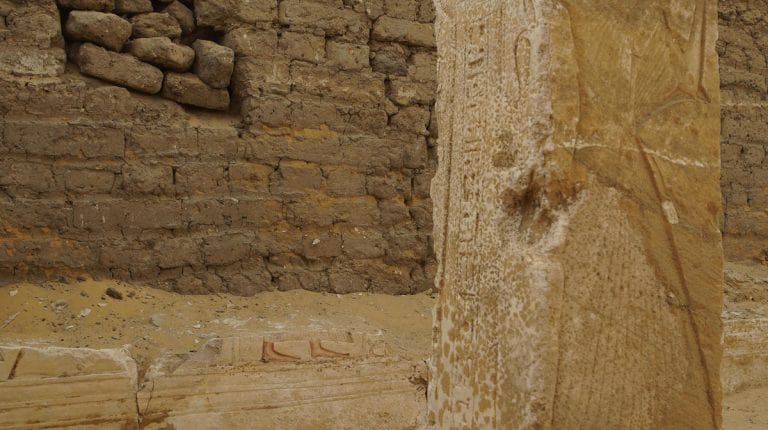
Ptah M Wiah’s tomb, like most other Ramesside-era tombs, is made up of a grand entrance adorned with an edifice depicting scenes from its occupant’s life and features two inner chambers. The first chamber was usually left bare, while the second chamber would be much more ornate, featuring decorative columns flanking the entombed mummy.
Also found in Ptah-M-Wiah’s tomb were a number of stone blocks, which Dr. El Aguizy said were once part of the ceiling and walls of the tomb, but had fallen down over the centuries.
On one of the walls left standing is a large painting depicting a procession of people carrying offerings which end with a scene of a calf being slaughtered.
Al-Ajezi added that many engraved stone blocks were also found, as well as many Osirian columns.
The columns, known as Osirian columns after the god Osiris, are meant to connect the earth to the sky, bridging the world of the living with the afterlife, Dr. El Aguizy said.

“Osirian columns are a symbol. The ancient Egyptians believed that they would grow to reach the heavens, and through this, Ra, the god of the heavens, would make contact with Osiris, the god of the underworld, and their realms would be connected,” she said.
“What has now been discovered from the tomb is its entrance which was built of stone carved with the scenes of the owner of the tomb. This entrance leads to a first hall with painted and colored plaster walls. She noted that among the most important of these scenes are those depicting the procession of carrying offerings, which ends with a scene of slaughtering a calf,” she said.
The Ramesside period, which lasted from 1292 BC to 1075 BC and covered the 19th and 20th dynasties, is known for its wealth, as seen by the splendor of its archaeological treasures.
The artifacts will be cataloged and then placed back in the tomb, in their original positions, so they can be seen by visitors when it opens to tourists, Dr. Waziri said.
Cover Photo: The walls of Ptah-M-Wiah’s tomb at Saqqara necropolis. The painting depicts a sacrificial procession. Photo: Egypt’s Ministry of Tourism and Antiquities

